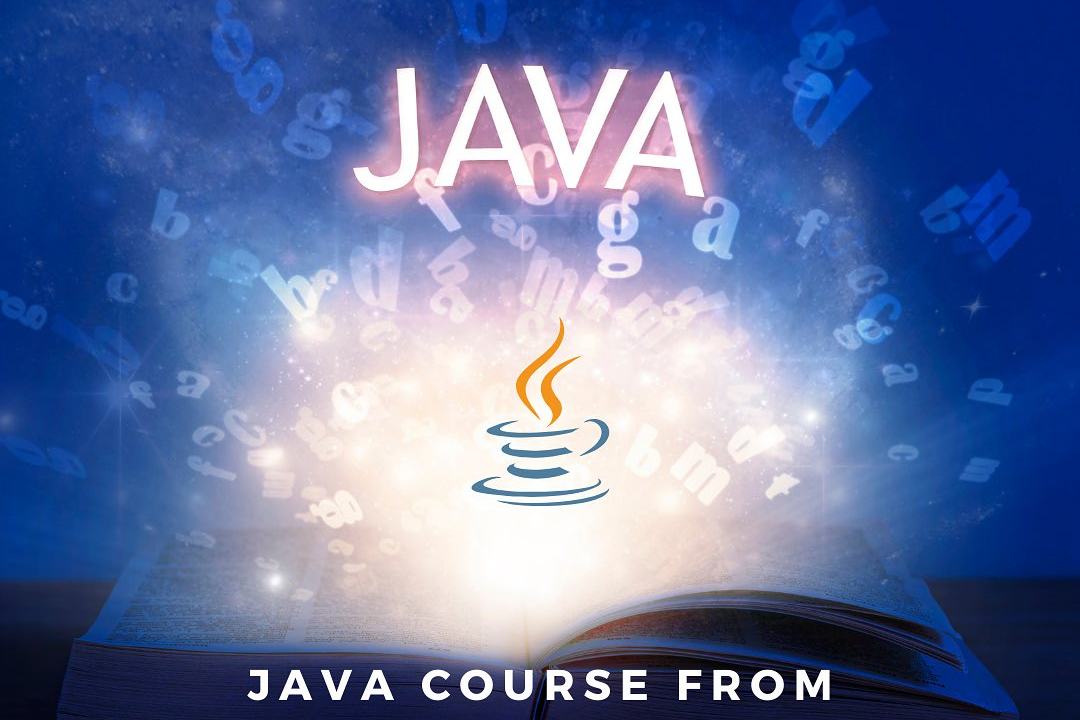Java Streams API
Mastering Java Streams API: A Comprehensive Guide
Java Streams API
The Java Streams API, introduced in Java 8, is a powerful feature that allows developers to process sequences of elements (such as collections and arrays) in a functional style. It provides a high-level abstraction for processing data by enabling operations such as filtering, mapping, and reducing, which can be performed in a declarative manner. Streams support both sequential and parallel execution for optimized performance, and they are designed to be lazy, meaning computation is only performed when necessary. This API enhances code readability and maintainability by supporting a functional programming approach, enabling operations on data to be chained together in a concise and expressive way. Overall, the Java Streams API significantly simplifies the manipulation of collections while improving code clarity.
To Download Our Brochure: https://www.justacademy.co/download-brochure-for-free
Message us for more information: +91 9987184296
1 - Introduction to Streams: Introduce the concept of Streams in Java, explaining that they represent a sequence of elements that can be processed in a functional style. Discuss their relevance in dealing with data.
2) Difference Between Streams and Collections: Explain the difference between Streams and Collections. Streams are not data structures; they operate on data and do not hold any data themselves.
3) Stream Interface: Discuss the Stream interface and its methods. Introduce the key methods like `filter`, `map`, `reduce`, `collect`, and `forEach`.
4) Creating Streams: Show how to create Streams from collections, arrays, and I/O channels. Examples include `stream()`, `Stream.of()`, and `Files.lines()`.
5) Intermediate Operations: Explain intermediate operations such as `filter()`, `map()`, and `sorted()`. Emphasize that these operations are lazy and return another stream.
6) Terminal Operations: Discuss terminal operations like `collect()`, `forEach()`, `count()`, and `reduce()`. Teach how these operations trigger the processing of the stream.
7) Filtering Data: Demonstrate how to filter data using the `filter()` method, allowing students to selectively process elements based on a condition.
8) Mapping Data: Explain how to transform elements using the `map()` method. Discuss practical use cases such as converting a list of strings to their lengths.
9) Reduction Operations: Introduce reduction operations via the `reduce()` method, which consolidates elements into a single value (e.g., summing numbers).
10) Collecting Data: Teach the `collect()` method for gathering elements into collections such as lists, sets, or maps. Introduce utility classes like `Collectors`.
11) Parallel Streams: Explain the concept of parallel streams using the `parallelStream()` method to improve performance on large datasets by utilizing multi core architectures.
12) Stream Pipelines: Discuss the concept of stream pipelines, combining multiple operations (intermediate + terminal) in a concise and readable manner.
13) Error Handling with Streams: Cover how to handle exceptions when using streams, including using custom exception handling strategies within map or filter operations.
14) Common Stream Operations: Provide a rundown of common operations, including `distinct()`, `limit()`, `skip()`, and how they help manipulate data.
15) Use Cases and Best Practices: Discuss real world use cases for Streams in applications, and share best practices for optimizing stream performance and readability.
16) Stream Performance Considerations: Teach students about potential performance implications when using streams and how to avoid pitfalls.
17) Live Coding and Exercises: Include hands on coding sessions where students can practice creating and manipulating streams, reinforcing theoretical knowledge with practical experience.
18) Case Studies: Provide case studies or examples of how Streams were effectively used in projects or applications to solve data processing issues.
19) Q&A Session: Conclude with a Q&A session to address any doubts or questions students might have regarding the Java Streams API.
By covering these points, students will gain a comprehensive understanding of the Java Streams API, allowing them to utilize it effectively in their Java programming endeavors.
Browse our course links : https://www.justacademy.co/all-courses
To Join our FREE DEMO Session: Click Here
Contact Us for more info:
- Message us on Whatsapp: +91 9987184296
- Email id: info@justacademy.co












